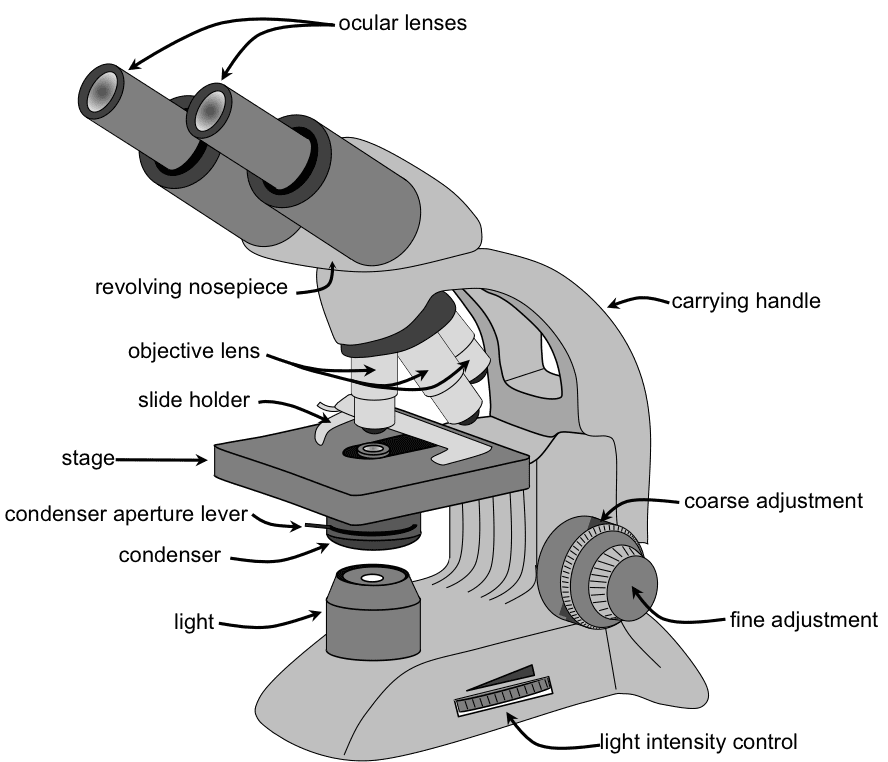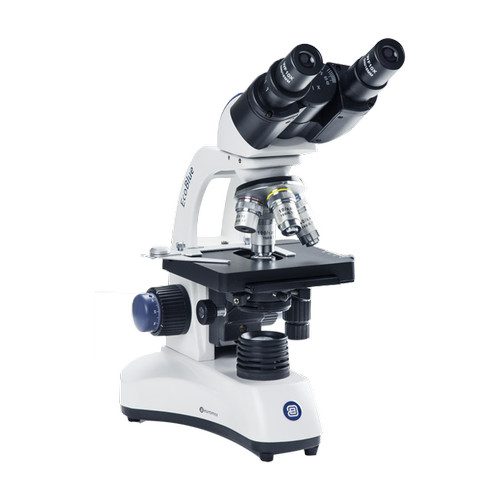The microscope is an important part in the laboratory, but do you already know all the parts of the microscope and their functions? Actually this tool is quite familiar to know and use. It has even started at an early age, aka students. But not necessarily already know all the parts. Though every part of the microscope has an equally important role. Curious what the parts and functions are? Check out the full explanation with GeneCraft Labs below.
Types of Microscopes
Before entering into an explanation of the parts of a microscope and their functions, you should first get acquainted with the types. In total there are two types of microscopes, namely light and electron microscopes.
Light microscopes are further divided into two, namely dissection microscopes which are useful for observing the surface of objects, and monocular and binocular microscopes for observing the inside of cells.
A monocular microscope has only one eyepiece. In contrast, a binocular microscope has two eyepieces that can be used by both eyes at once.
For the electron microscope itself, the way it works is by using an energy source from electrons to enlarge the image of the research object.

Microscope Components and its function
Now it’s time to get into the discussion of the microscope parts and their functions. The microscope itself consists of two parts. There are optical and mechanical parts.
Optical Parts
For the optics, there are four components in it. Consist of:
1. Ocular Lens
The eyepiece, which is located directly above the microscope, is the first source of vision for the user. Its function is to form a real image of the objective lens. The number of ocular lenses in a monocular microscope is only one, so it can be used by one eye. However, for the ocular lens in a binocular microscope, there are two so that the user can have both eyes at once.
2. Objective Lens
The objective lens is located close to the object. The function of this lens is to enlarge the image of the observed object from 10 times to 100 times.
3. Spotlight
The reflector is a regulating mirror that is useful for reflecting light into the diaphragm.
4. Condenser
The condenser is useful for collecting the light reflected by the regulating mirror. The light is focused on the object.
mechanical part
For the mechanical part, it consists of seven components, namely:
1. Microscope Tube
The microscope tube is useful for adjusting the focus. Then another function is the link between the objective lens and the eyepiece.
2. Revolver
The revolver functions as a lever to support the objective lens in order to make it easier to adjust the observation value of the microscope.
3. Object Clamp
The object clamp is useful for holding the object glass so that it is easy to move during the observation process.
4. Diaphragm
Diaphragm is a component that is located in the preparation table. Its job is to determine how much light enters and is focused on the object of observation.
5. Object Table
As the name implies, the object table is useful as a container for placing observation objects. Usually there is an object clamp as well so that it can hold the object so it doesn’t move easily during the observation process.
6. Microscope Arm and Leg
The arm of the microscope is a handle when you want to move the microscope. On the other hand, the foot of the microscope is useful for placing this laboratory instrument on a plane that is not flat.
7. Joint Inclination
The inclination joint is useful for adjusting the degree of tilt of the microscope. This component is certainly needed to make it easier to observe.
So that’s the information about the microscope parts and their functions. Hopefully the information can be useful for you.

